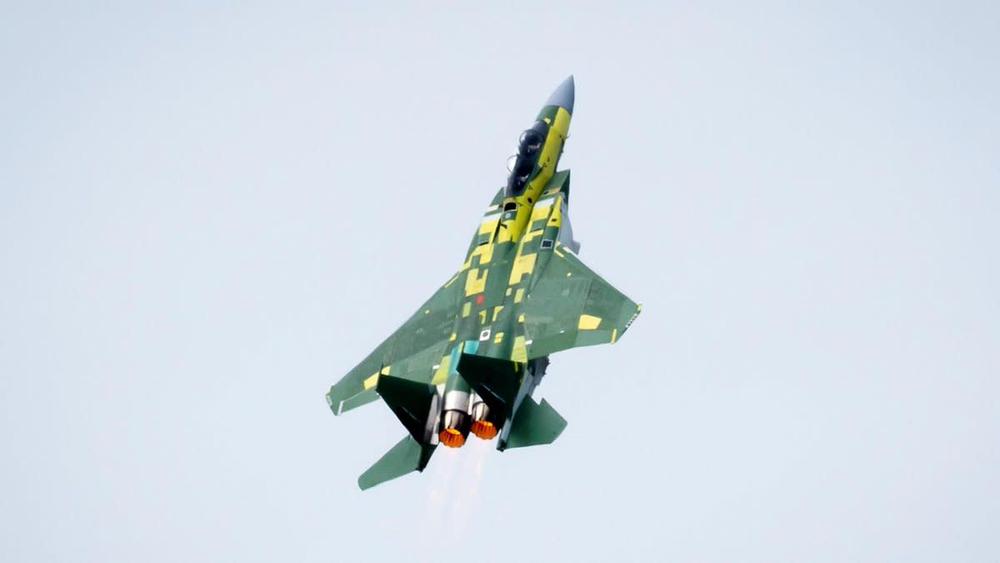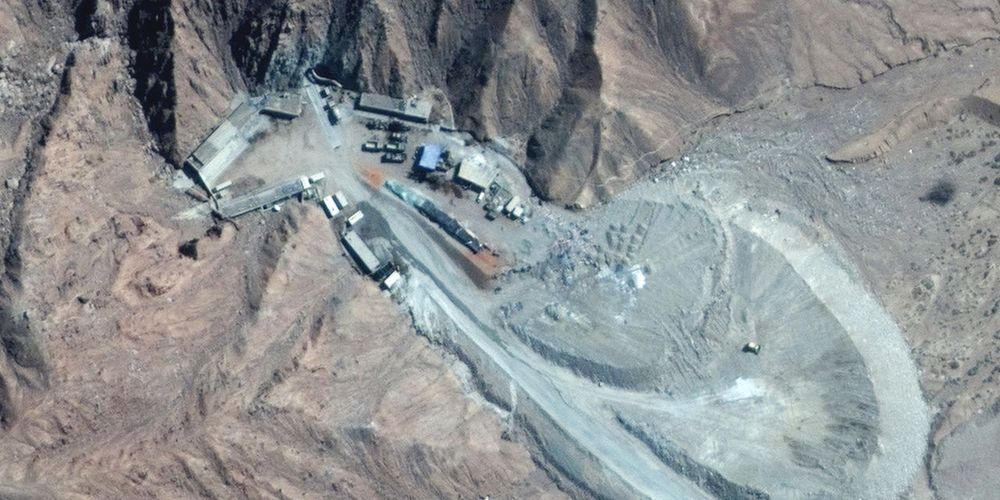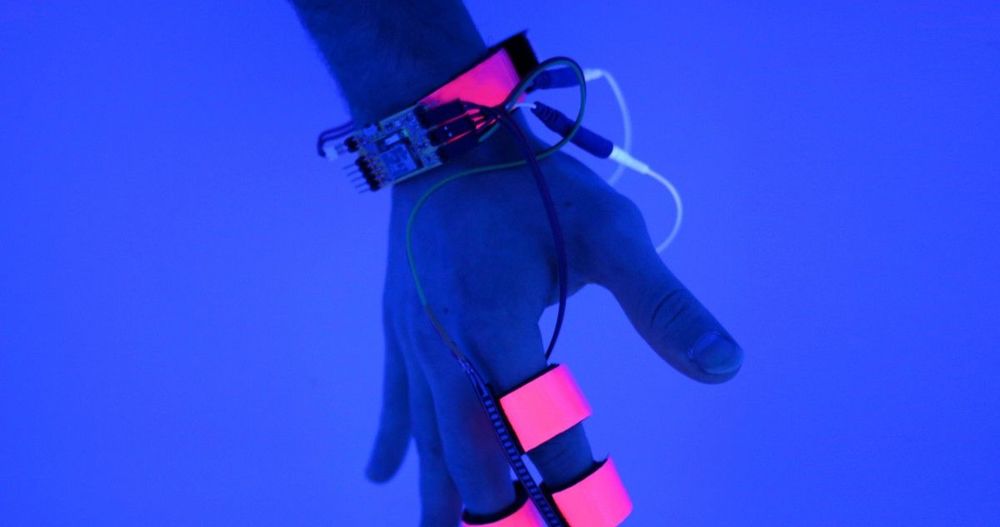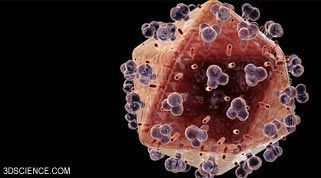Apr 15, 2020
Watch the world’s most advanced F-15 make its maiden flight with a ‘Viking’ takeoff
Posted by Quinn Sena in category: military
If you’re looking for a taste of what the Air Force’s first new F-15 fighter jet in nearly 20 years might look like, look no further than the first flight of the F-15QA.
Developed for the Qatar Emiri Air Force and billed as “the most advanced version of the jet ever manufactured,” Boeing announced on Tuesday that it had successfully completed the first flight of its F-15QA variant at Lambert International Airport in St. Louis, Missouri.

















